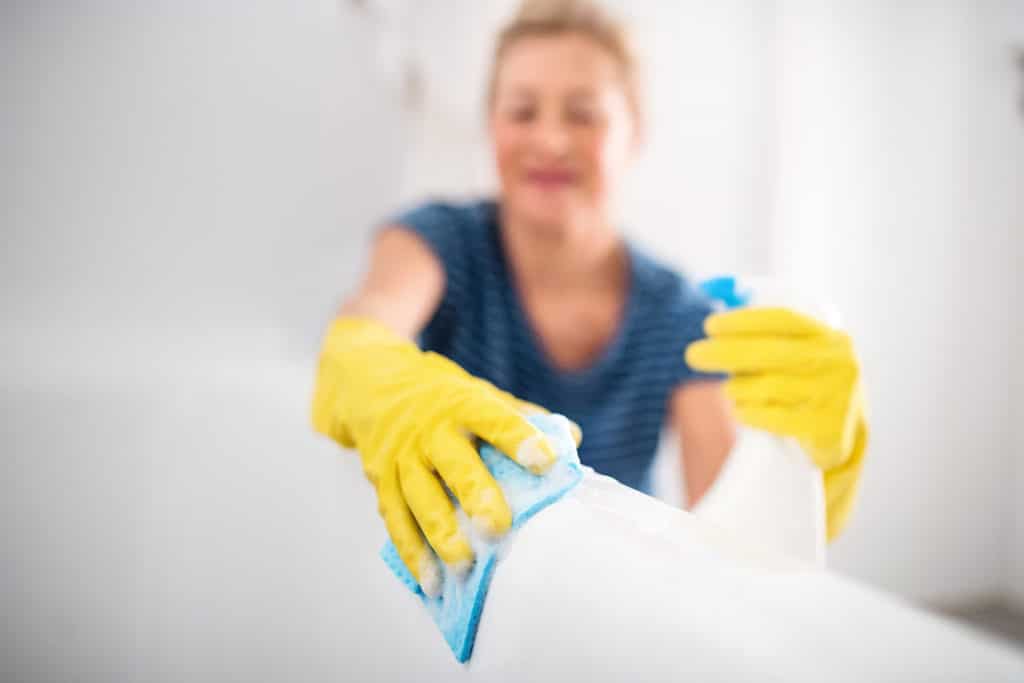NEAT is a term you will love! I encourage you to get to know it well, it could just be your BFF in your weight management journey.
The term NEAT stands for ‘non-exercise activity thermogenesis’.
What does this mean for you?
As you know, it’s essential to exercise for your best health. It’s especially important during your menopausal years because it’s a key component of hormone balance and ensuring nutrients and blood are circulating optimally.
You’ve probably heard by now that ‘sitting is the new smoking’ but for Meno-She’s (our word), lounging around too much slows our metabolism and increases our fat storage more than when we were younger. Plus moving our bodies is crucial for our mental health also and there’s no doubting it makes us feel better.
BUT. It’s just as crucial not to overdo exercise. Going hard out post-40 can over-stress the body, raise cortisol levels, increase our cravings for sugar and carbs and encourage it to hold on to fat
What exactly is NEAT?
Though it might not sound like it non-exercise activity thermogenesis isn’t rocket science. It’s not really news either as it’s been around since forever. It’s become more noteworthy because so many of us live sedentary lives these days. Remote controls, drive through takeaways, food and grocery deliveries and online shopping mean we barely have to lift a finger if we choose not to.
With rising levels of overweight, obesity and conditions such as insulin resistance, metabolic syndrome and Type-2 diabetes in the 21st Century there’s an increased awareness of good practise for a healthy lifestyle and movement is definitely one of those.
Why is NEAT so neat?
(The word neat is a colloquialism for good/cool/fabulous.)
Because the term refers to all of the incidental exercise we do throughout the day outside of sleeping, eating and planned movement like sports.
These can include vacuuming, mowing the lawn, cleaning the house, offline shopping, gardening, walking up the stairs, taking the rubbish out – even standing.
We often do these things by rote but they’re physical activities that burn calories and the cumulative effects can add up to a pretty good fuel burn in our daily NEAT.
Pretty cool hey?
Everyday NEAT
What do you do for work? Are you a nurse or a waiter, an office worker or a homemaker? These can all impact your levels of NEAT. If you have a role where you need to be on your feet all day your NEAT levels are going to be much higher than that of – say – a writer who sits at their computer for hours crafting. (Yes, that would be me!) Or the accountant who gets up to go to the loo and maybe pops out for lunch but the rest of the time might be deskbound.
Sometimes people who work in sedentary roles get home and the pressures of the day see them grabbing a wine or two while they chill out in front of Netflix with the family. Not much NEAT happening there.
Or perhaps they pound the pavement or sweat it out at the gym first, then they come home, whip up a salad and chill out on the couch in front of Netflix while subconsciously patting themselves on the back.
James Levine MD, PhD, of the division of Endocrinology, Diabetes, Metabolism, and Nutrition at the Mayo Clinic who coined the term NEAT says the energy expenditure can vary by as much as 2000 calories per day in two people of the same size due to activity thermogenesis.
Do you want to lose weight?
If the main reason you exercise is to manage your weight you need to add NEAT to your daily quota. Plus the hour in the gym won’t make up for the rest of the day sitting – it’s important that we’re as active as possible during each day. Increasing your NEAT adds up to some pretty impressive calorie burning without you even stepping forth in a gym or running in the rain. And because these are seemingly small steps it makes it easier for weight management in the long term. WIN!
5 Ways To Increase NEAT
1. Play with your kids or grandkids
Let’s get everyone off their screens and do more things like hanging out at the park, going for a walk, heading off to the beach or heading out for a bike ride together. One of the beauties of the lockdown is that it highlighted these kinds of things so keep it up in these post-lockdown times. 😊
2. Take the stairs
Forgo the lift and take the stairs. Simple as that. And if you live in a house with stairs and groan every time you forget something on the other floor embrace it, it’s adding to your NEAT count!
3. Try the Pomodoro Technique
Do you have a sit-down role? Or are you guilty of spending too much time sitting (we won’t tell!)? The Pomodoro Technique is actually a work productivity tool but it works just as well for NEAT. It’s simple -a little bit like NEAT! All you do is set a timer for 25 minutes and work, study or whatever you happen to be doing then take a break when it’s chimes/buzzes. Use the break to go for a walk or do something active for five or 10 minutes, then come back and set the timer again.
4. Shop offline sometimes
At MenoMe as a digital business, we’re big fans of online shopping. We personally also love how convenient it is but walking around the mall for an hour or two or actually going out and strolling the aisles at the supermarket to do your own shopping can rack up those NEAT levels. Plus it can be enjoyable browsing the clothing racks or sniffing testers every now and then.
5. Invest in a Fitbit or make use of the pedometer on your phone
Fitbit’s, pedometers, activity trackers of any sort can become your best partner on your NEAT journey. You’ve probably heard it touted lots of times – 10,000 steps a day. I can hear you saying you don’t have time. I know because I’ve said that too so I’ve set mine at 5-6,000 steps per day which is totally achievable. A half-hour walk, running up and downstairs a few times, walking to the letterbox, answering the door, checking out the garden. You nail it in no time. And on the days when you do have time then go for the 10,000. It all ups your NEAT score.
Can you see why we think NEAT is a pretty noteworthy habit for 40+ women? Human beings were designed to move and while all the gadgets and convenient time savers we have at our disposal are fantastic at times, there’s definitely a place – no, a need – for good, old-fashioned chores. 😊
Also read:










